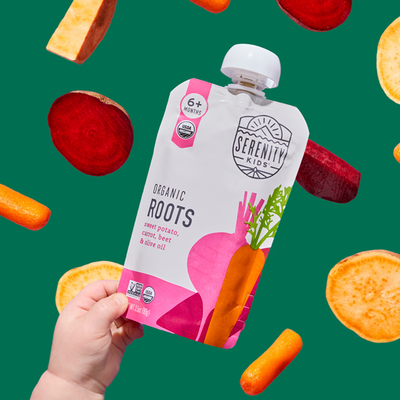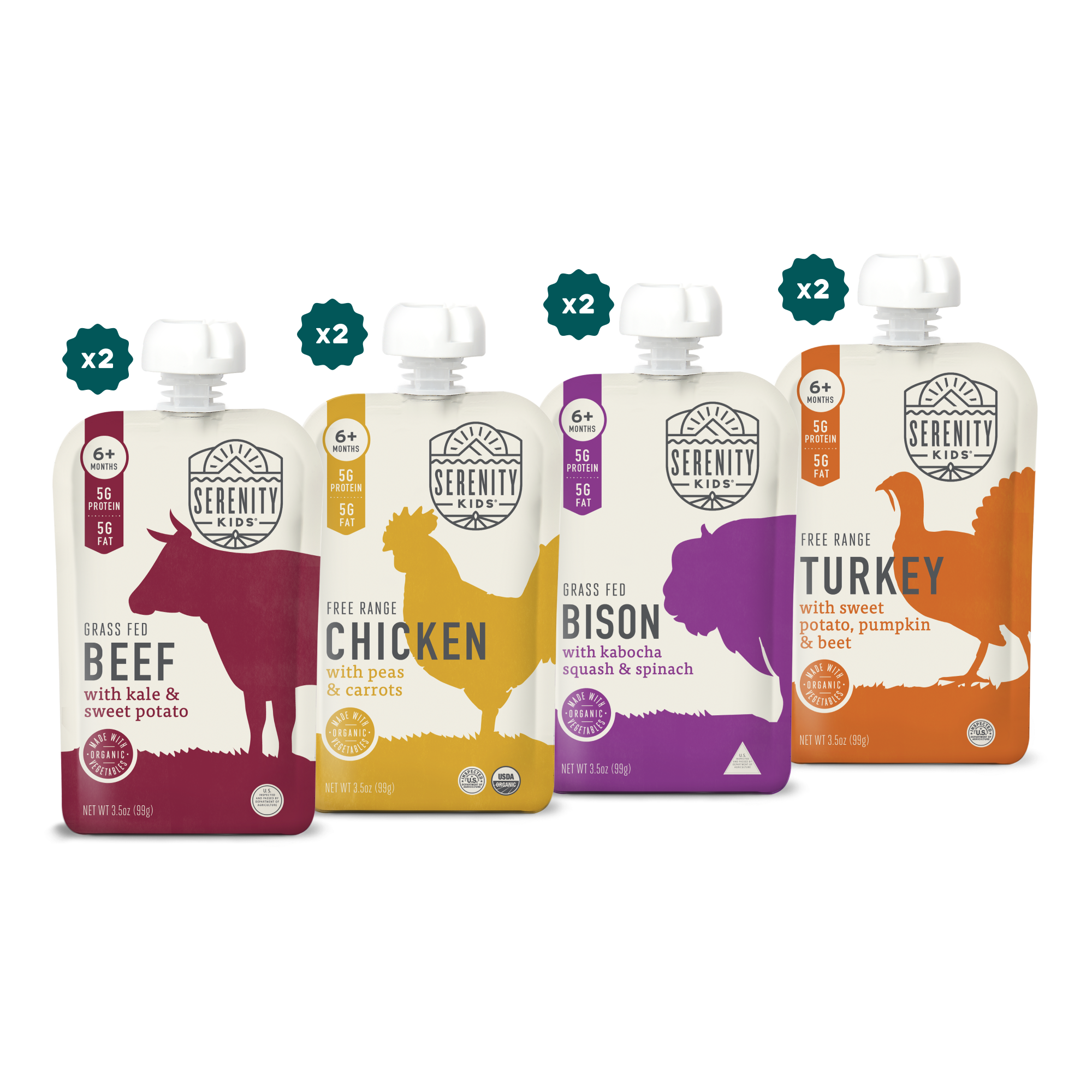As a sugar addict, I LOVED all the sweets during the holidays. Now, as a mama-bear determined to raise a healthy child, I am protective of what Della eats at this young, vulnerable age. My mom and Nana were usually the ones who gave me all those sweets, so how do I keep them from giving sweets to Della without straining the relationship?!
It’s special to see kids grow up to resemble the people we love. Parents want their kids to share a grandparent’s or sibling’s humor, kindness, or singing voice. But a love of sweets or overeating? We might prefer that family members keep those habits to themselves.
I have had many conversations with my mom to ensure that she respects my rules and expectations for Della. When I set boundaries, I try to focus on personal stories so I don’t come off as judgmental. Interestingly, it’s remarkably similar to how I set boundaries directly with Della, explaining why and giving specific examples of potential consequences.
For example, the other day when I was leaving Della with my mom, I told her the story of the last time Della ate only fruit for breakfast and how she hit a sugar crash and just cried and cried. No grandparent wants to encourage a toddler’s meltdown, so she agreed to avoid giving Della excess sugar.
This is just one of many methods parents use to define and maintain feeding expectations with extended family. This conversation can seem daunting, and we might fear it will cause conflict. But the talk doesn’t have to be a fight. Here are some more tips from other experts on how to approach this subject.
Pick Your Battles
Before having a conversation with family, define the boundaries that matter most. Are some rules more important than others? Can we let some things slide? For instance, I might not mind my sister sharing one of her freshly baked cookies with Della on Christmas Day, but I draw a hard line at high-sugar carbonated beverages.
Also, consider how frequently kids see their family members. A break from routine matters less if kids see their grandparents twice a year rather than daily. As parents, we use the context to decide which discussions we want to have.
Align with Your Partner
Melissa Urban, Certified Sports Nutritionist and co-founder of the Whole30 program, emphasizes the importance of ensuring that partners are “100% on the same page with respect to how you want your children fed when they are away from your house.” If you’re raising kids with a partner, agree on a shared stance on ingredients like gluten, dairy, sugar, and so on. Then, you can approach your family members as a team.
Choose Strategies
After deciding which feeding boundaries matter most, parents can select the strategies they think will be the most effective. Every family has a unique dynamic, and not all strategies will work for everyone. However, the following ideas are great places to start.
Prepare the Environment
Because I have more control over my own home, this one works best when family members visit my house.
I stock the pantry and the fridge only with nutrient dense, low-sugar foods that I know Della likes and I want her to eat. This is standard practice at our house for my own sake, as well. If there is no junk food in the house, Grandma can’t share it with Della… and I don’t get tempted either!
Replace Food with Quality Time
Klare Heston, LCSW, has another great suggestion for grandparents who tend to show love by sharing baked goods or junk foods. Instead of centering their relationship around food, kids and their family members can share enjoyable activities.
If family members are feeling stuck, parents can suggest some things they know their kids love. Maybe there’s a museum or park they love to visit, a movie they want to see, or a game they like playing with their friends.
This strategy also invites kids to tell us about what they want to explore. Are they interested in drawing, music, dance, or nature? We can encourage our families to ask! Build a partnership with family with the goal of nurturing kids’ curiosity.
Share What You’ve Learned
A long lecture likely isn’t the most convincing and can have your family feeling judged and defensive, so we can try sharing facts through personal stories. Think of a time that diet contributed to a negative reaction in your child. Just like sugar makes Della fussy, a child can have digestive issues from dairy or an allergy to gluten. Share this experience -- after all, grandparents might not be aware!
When I noticed Della getting red bumps on her mouth, my health practitioner helped me determine that this was likely caused by dairy. Showing my mom pictures of that breakout really helps keep her from feeding Della cheese.
Have a Loving Discussion
Nobody wants to fight with their family, so here’s what we find keeps the conversation civil.
Acknowledge and Appreciate
I have to remember that my parents just want to show love, and they might not be aware that their behaviors are problematic. Acknowledging good intentions helps me open the conversation and diffuse tension.
Here’s some language I’ve used with with my family:
- “I appreciate how much you love Della. I have some ideas for loving her even better, and I wanted to get your opinions.”
- “Thank you for your ideas. I trust you want the best for my kids, and I’m asking you to trust me and my decisions as a parent.”
Ask Questions
Another approach is to be curious about family members’ experience with food. Often, getting to the emotional motivation for feeding kids unhealthy foods can help people understand why and how to modify the behavior.
For this approach, Urban suggests asking grandparents or other family members non-judgmental questions:
- “What were your parents’ rules about food when you were growing up?”
- “Did your family use food for love, comfort, or punishment?”
- “How does it feel to say ‘no’ to your grandkids? Why?”
Questions like these can help others work out for themselves why they relate to food the way they do. Then, parents can suggest alternatives that offer the same emotional impact.
For example, if your mom loves sharing her mother’s dessert recipes for the sense of legacy, you could suggest that she shares another facet of her mother with your kids. Maybe her mother loved to paint or dance; these activities build emotional connection around family legacy without sacrificing health.
Avoid Accusations
Frame the conversation as a partnership or collaboration. When we feel frustrated or disagree with our family members, it can be helpful to assume positive intent and stay away from criticism.
Here’s some language I use, even and especially if conflict runs high:
- “I want my kids to grow up feeling love from all of us. I know we can work together to support them.”
- “I appreciate your perspective.”
- “Thank you for your opinion. I’ll consider that.”
Stay Consistent
After setting boundaries, let family members know when they’ve crossed a boundary using loving communication strategies like the ones above.
If our kids are old enough to understand, we can talk to them about boundaries, too! Let kids know why certain food choices are better than others and why turning down food from family doesn’t mean that you don’t love your family.
Does the need to set boundaries around food with family resonate with you? Which strategies work best for your family? Let us know!















































